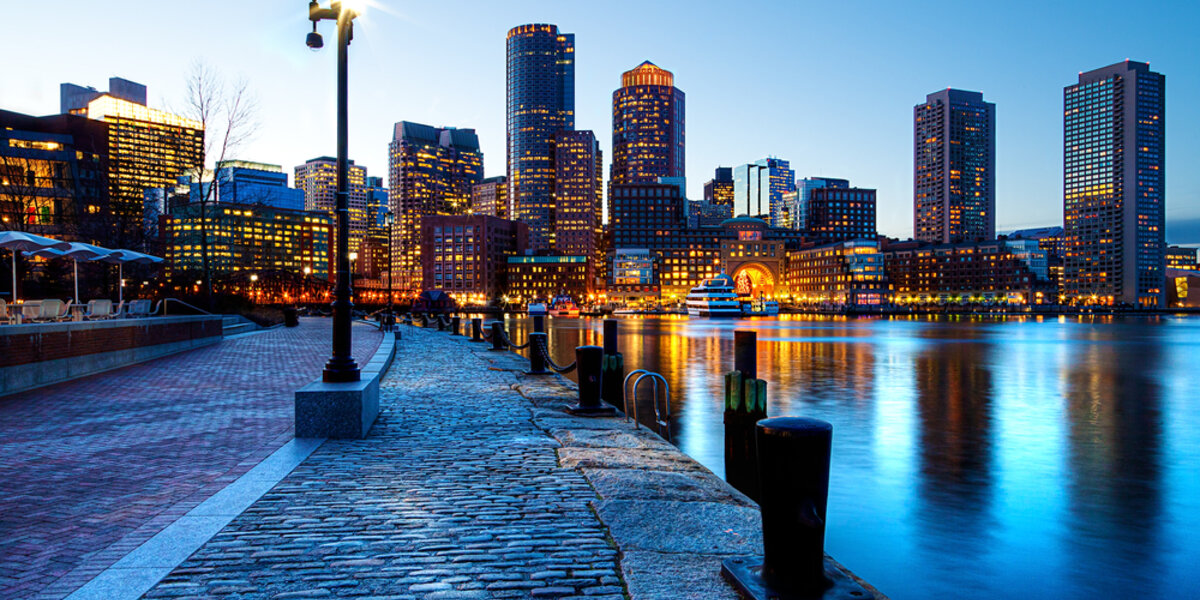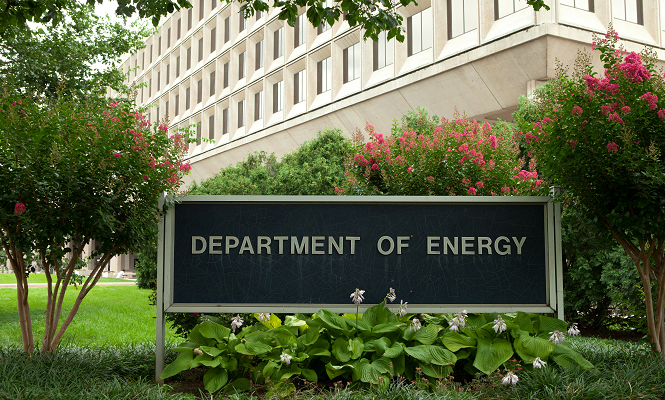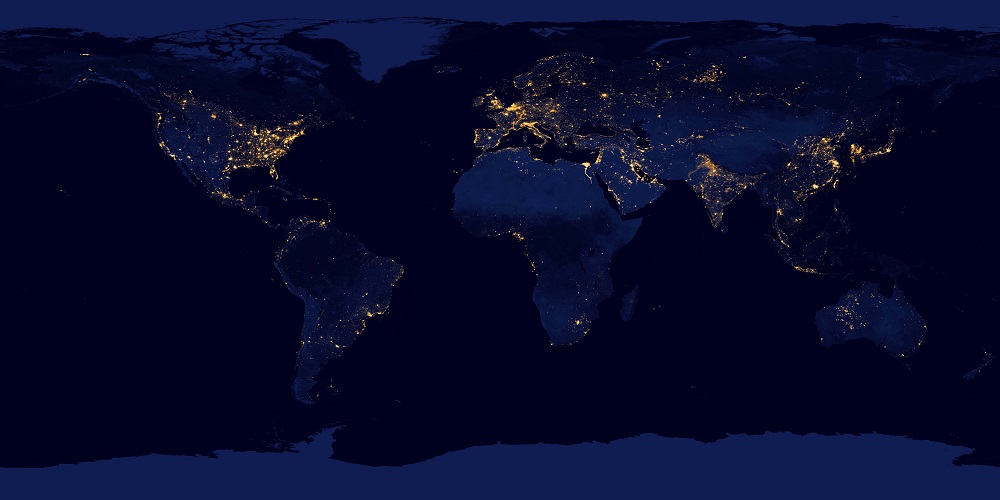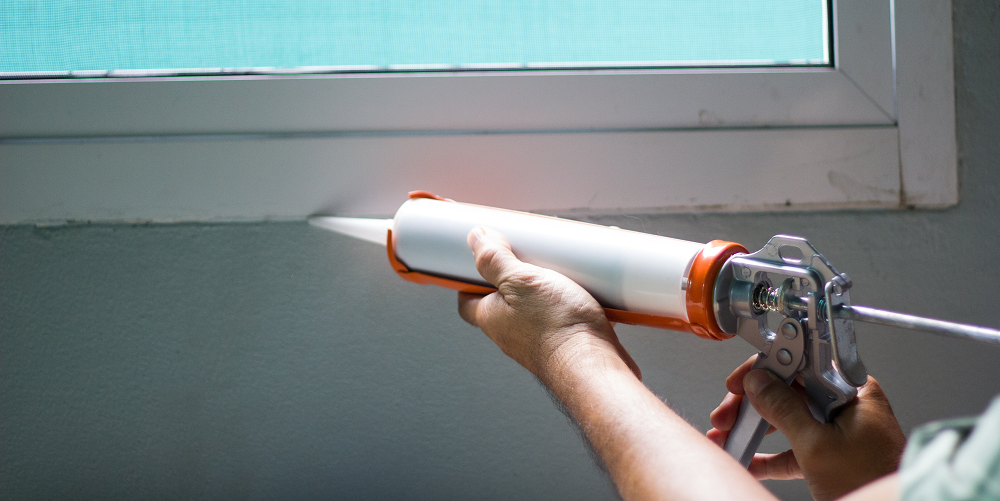Top U.S. Energy Efficient Cities for your Summer Bucketlist
Let's Save Energy
Alliance to Save Energy's Blog
Top U.S. Energy Efficient Cities for your Summer Bucketlist

There are many things to keep in mind when planning a summer vacation. This year, consider using your vacation days on a trip to a city that not only prides itself on its culture, weather and attractions, but also on its energy efficiency. Major cities across the country have transformed the way their buildings and communities use energy and now is the perfect time to experience first-hand how these popular destinations manage to entertain visitors while also saving energy.
In no particular order here are our top 5 picks for cities to consider adding to your energy-efficient city bucket list:
Boston
In addition to being the largest city in New England, Boston is home to 141 Energy Star certified buildings. Among these buildings are the city’s best places for fine dining, many of which have added energy saving measures to their menus. Taranta restaurant, for example, has incorporated energy efficient changes into its old-school establishment by changing valves in the dishwashers and investing in motion sensors in the restrooms to reduce water and electricity usage. After a long day of exploring the city’s Freedom Trail and taking in a game at Fenway Park, refer to Boston Green Tourism (BGT) for energy-friendly accommodations. BGT provides visitors with a list of quality member hotels in the area that are committed to sustainability and use over 40% less energy than regular hotels.
Portland, OR
Portland is known as the “City of Roses,” but you may not know that it's also home to many green projects. Merging art with energy efficient infrastructure, Portland’s rain gardens have become interesting tourist attractions that prevent pollution in the area’s rivers and lessen the energy consumption associated with water pumping and treatment. The city is a model for innovation in terms of the creativity incorporated into the storm sewer system and has even published a map that details the “Green Streets” program’s sewer sites. Portland is also praised for having one of the best transit systems in the nation; the city’s light rail and streetcar systems are convenient and eliminate more than 200,000 car trips every day.
New York City
In the city that never sleeps, neither do its energy efficiency efforts. Head over to New York City’s iconic Empire State Building, which has been retrofitted by Johnson Controls, Jones Lang LaSalle, the Rocky Mountain Institute, and the Clinton Climate Initiative to decrease energy use by 38% annually and create $2.3 million in savings. The famous Rockefeller Center has also transformed into an energy saving property with an upgraded HVAC system that lessens carbon emissions by 3.3 million pounds annually and saves about $2 million in energy and operation costs each year. If an evening stroll through Central Park is on your itinerary as well, you will have a chance to admire the greenery under the glow of long-lasting LED lights that have replaced the traditional lamps and decreased energy use and maintenance costs. Be sure to take advantage of the convenience of New York City Transit, which transports billions of passengers and saves 17 million tons of greenhouse gases every year.
San Francisco
San Francisco is often associated with images of its many historic landmarks. One landmark in particular, the Port of San Francisco’s Pier 1 building, has participated in the Property Assessed Clean Energy bond financing program and underwent retrofits and other efficiency upgrades to conserve energy. Meanwhile, the city’s main utility Pacific Gas & Electric fosters a Food Service Technology Center that has helped restaurants like 163 year-old Tadich Grill switch to energy efficient models of cooking appliances and equipment. In terms of public transportation, San Francisco is famous for its classic cable cars, which are an efficient way to get around the city — energy consumption often drops below zero during peak loads. Biking is another popular option for taking in the sights; San Francisco has set the goal to have people take 20% of all commute trips via bicycle by 2020.
Seattle
Finally, Seattle cannot be overlooked when it comes to energy efficiency achievements. In a study by The American Council for an Energy-Efficient Economy, Seattle earned the highest ranking in the building code category. The iconic Space Needle has experienced energy saving renovations over the years, including compact fluorescent bulb installations and a more efficient plumbing system. The city is also home to the six-story Bullitt Center, the greenest building in the world, which has reached the construction goals of the Living Building Challenge and produces more power than it consumes. The Seattle Office of Economic Development is also collaborating with Seattle City Light, Microsoft, Accenture, and Seattle 2030 District to produce an IT-based solution that will decrease energy usage in downtown Seattle by 15-25%.
RECENT BLOG POSTS
STAY EMPOWERED
Help the Alliance advocate for policies to use energy more efficiently – supporting job creation, reduced emissions, and lower costs. Contact your member of Congress.
Energy efficiency is smart, nonpartisan, and practical. So are we. Our strength comes from an unparalleled group of Alliance Associates working collaboratively under the Alliance umbrella to pave the way for energy efficiency gains.
The power of efficiency is in your hands. Supporting the Alliance means supporting a vision for using energy more productively to achieve economic growth, a cleaner environment, and greater energy security, affordability, and reliability.



